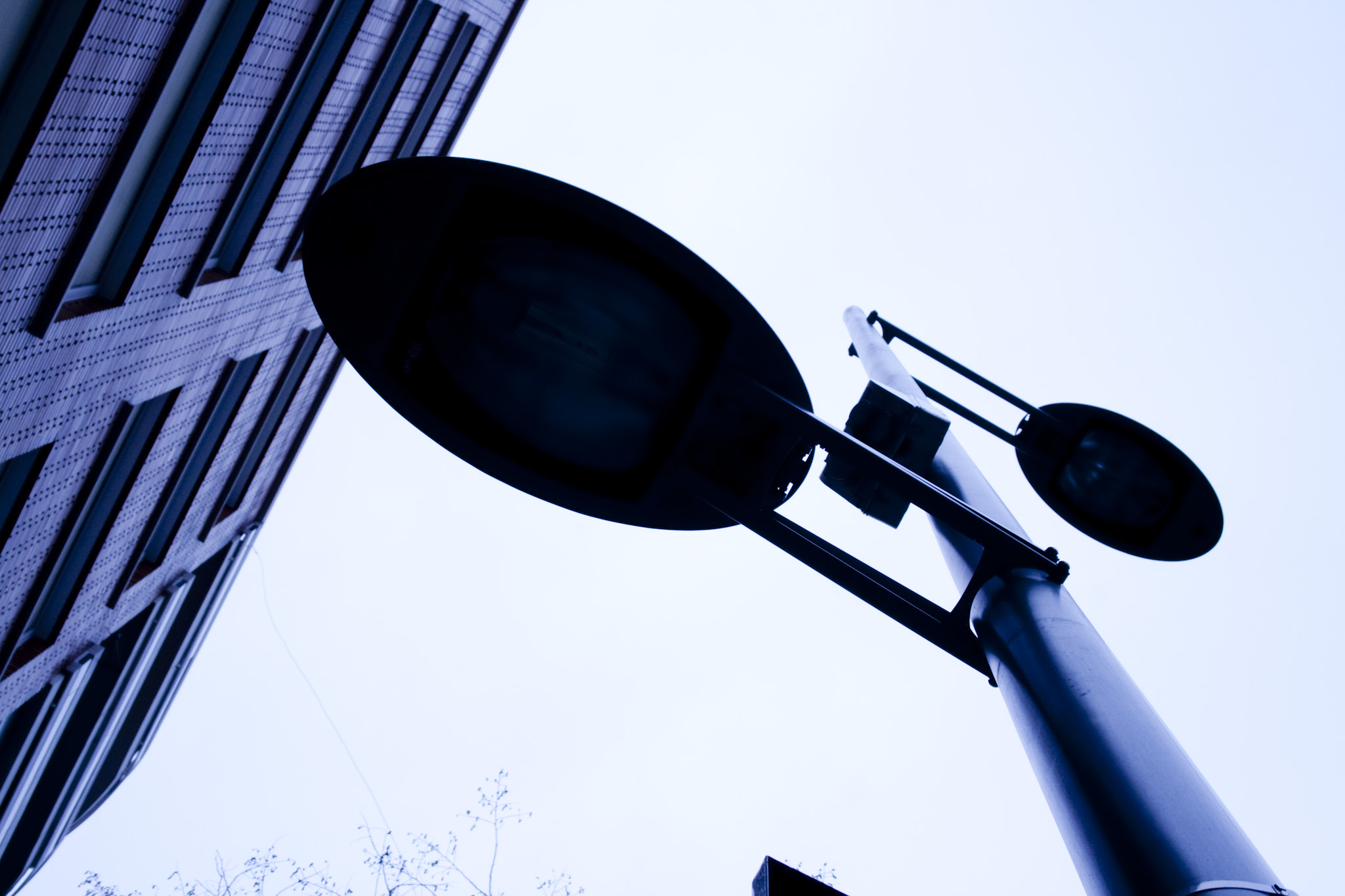Street lighting includes any publicly or privately owned lighting installation whose light is projected onto a publicly used open space (road, street, park, decoration, etc.). These installations total some 8,849,839 points of light which, with an average power of 156 W, represents an electricity consumption of 5,296 GWh/year for the whole of Spain. (See attached document regarding the inventory, consumption and savings potential of municipal street lighting in Spain).
The number of installations and their electricity consumption has grown in recent decades in response to the urban development of our municipalities, but outdoor lighting installations are currently experiencing technological and legislative advances that will mark a turning point in their energy consumption trend. Thus, the enactment of the Regulation of energy efficiency in street lighting installations (RD 1890/2008), together with the emergence of LED technology and the admission of the contracting of energy services companies by public administrations, are milestones that have arisen in recent years and can be expected to result in changes to the familiar installations currently lighting our municipalities and roads.
Pilot experiences carried out by the IDAE in the municipalities of Alcorcón and Soto del Real to adapt their street lighting installations to the new Energy Efficiency Regulation precepts through ESCOs, and the financing lines implemented with the assistance programmes of the National Energy Efficiency Fund and JESSICA FIDAE, have highlighted the high potential savings in electricity consumption offered by these installations. The main areas of activity are reducing high levels of lighting (especially in the middle of the night), improving the quality of existing luminaires by installing more efficient ones and reducing their emission of light to other spaces outside the desired lighting area (light pollution), and implementing regulation and control systems for switching the installation on and off and for reducing its flow in the early hours of the morning. Furthermore, this potential for savings in economic terms allows, in most cases, investments to be made with a simple return period of less than 6 years, which is ideal for the business of energy services companies (ESCOs).
Analysis of the documentation provided by different municipalities, with their proposals for reform of a total of more than 700,000 points of light currently installed in their municipalities, reveals that more than 97% of cases consider the replacement of discharge lamps by LED technology, including in the scope of the reform the regulation of switching on and/or the hourly light flows. With this, the main energy consequence represents an average saving of 65% per year in electricity consumption, due to the reduction in the power of the new points of light, which drops from an average of 164 W/point of light to 58 W/point of light. To this can be added the additional saving due to the systems of flow regulation with which the majority of the installations are being equipped, which will further contribute to the savings mentioned.
Royal Decree-Law 18/2022, of October 18, which approves, among others, measures to reinforce the protection of energy consumers, introduces in its Annex I the modification of the ITC-EA-01 of the Royal Decree 1890/2008 approving the Regulation on energy efficiency in outdoor lighting installations and its complementary Technical Instructions EA-01 to EA-07, in order to contemplate new lighting technologies that were not contemplated in 2008, increase the demand for energy efficiency in outdoor lighting installations and make the energy label visible to citizens, promoting energy efficiency, given that their exposure to the outside is required.
Guías Técnicas y documentos de interés |
|
Relación de Anexos a los pliegos |
Documento Word |
Guía técnica de la smart city desde el alumbrado exterior (Marzo/2024) |
|
| Descargue el PDF aquí | |
Iluminación LED exterior. Guía práctica: diseño y criterios de compra (PremiumLight Pro, proyecto financiado por programa H2020-UE) |
|
| Descargue el PDF aquí | |
Requerimientos técnicos exigibles para luminarias con tecnología LED de alumbrado exterior (Noviembre/2022) |
|
| Descargue el PDF aquí | |
Protocolo de auditoría energética de las instalaciones de alumbrado público exterior (Abril/2018) |
|
| Descargue el PDF aquí | |
Inventario, consumo de energía y potencial de ahorro del alumbrado exterior municipal en España 2017 |
|
| Descargue el PDF aquí | |
Iluminando las ciudades. Publicación Comisión Europea (Junio/2013) |
|
| Descargue el PDF aquí | |
Proyecto Duero Douro de reforma del alumbrado de 155 ayuntamientos y pedanías |
|
| Descargue el PDF aquí | |
Guía técnica de eficiencia energética en iluminación. Alumbrado público (Marzo/2001) |
|
| Descargue el PDF aquí |



